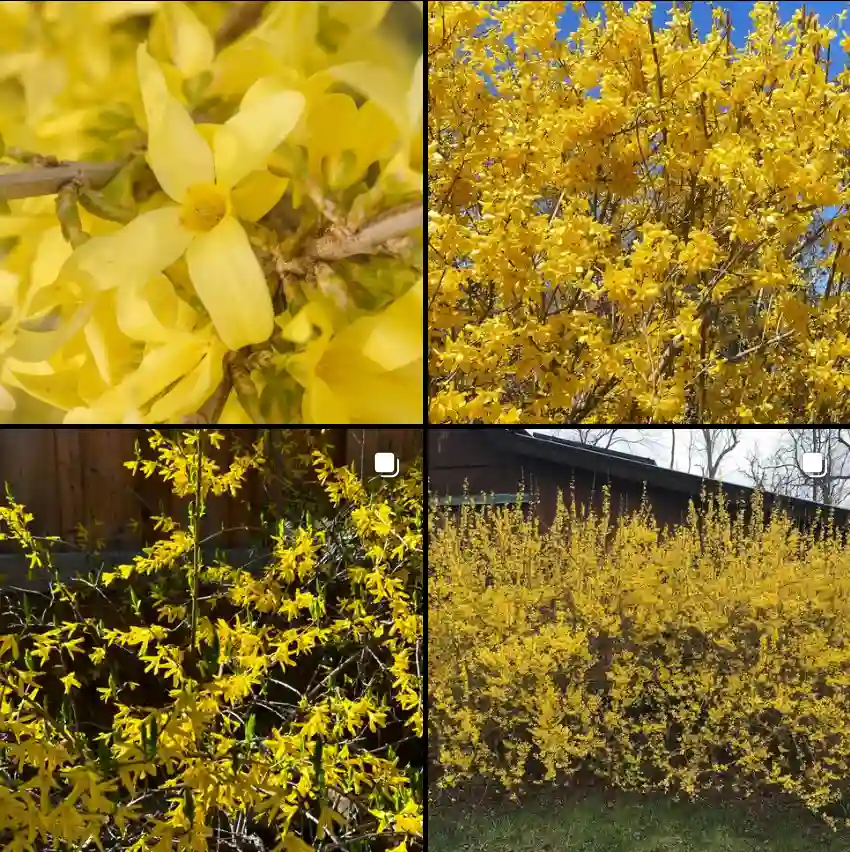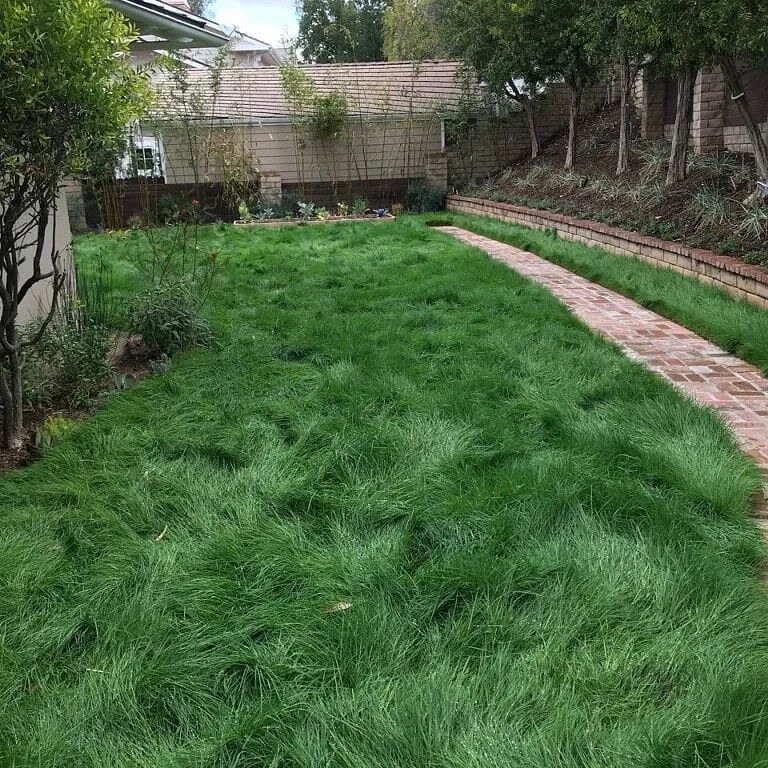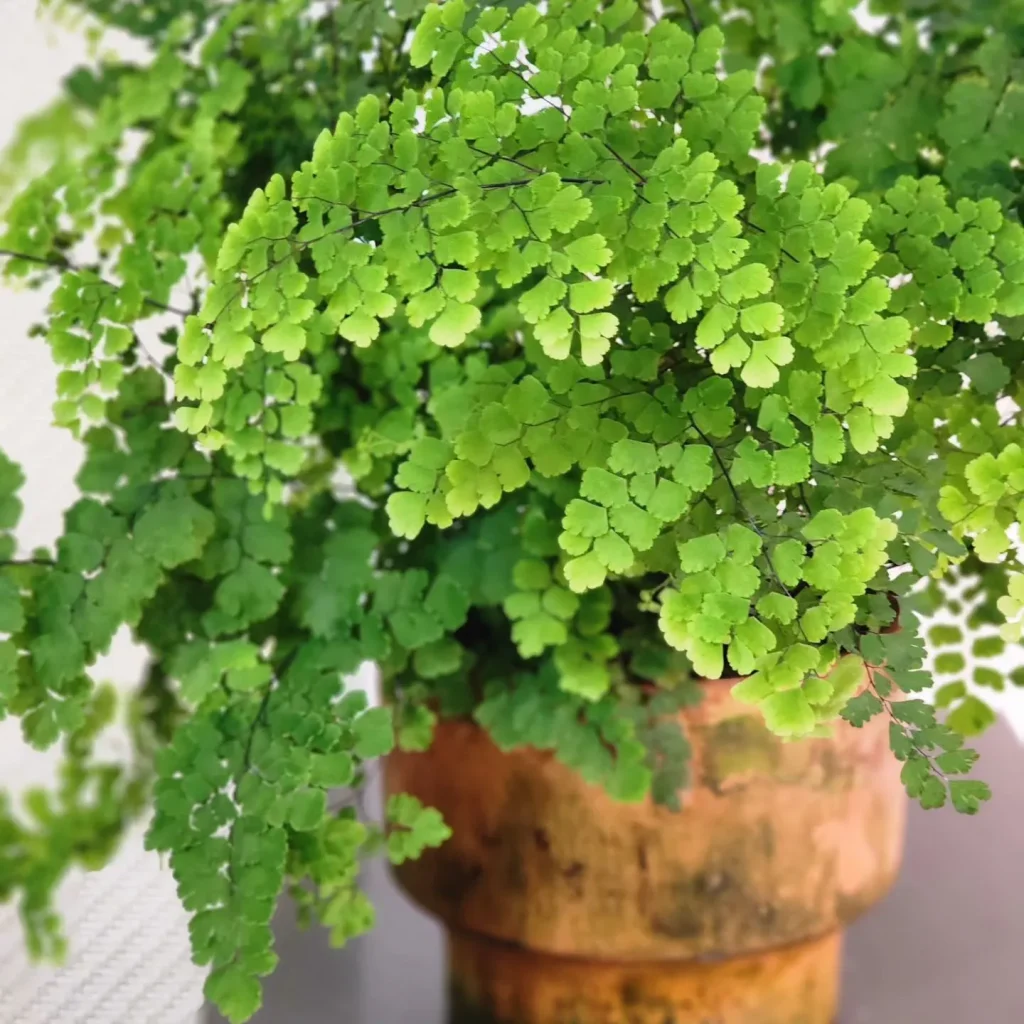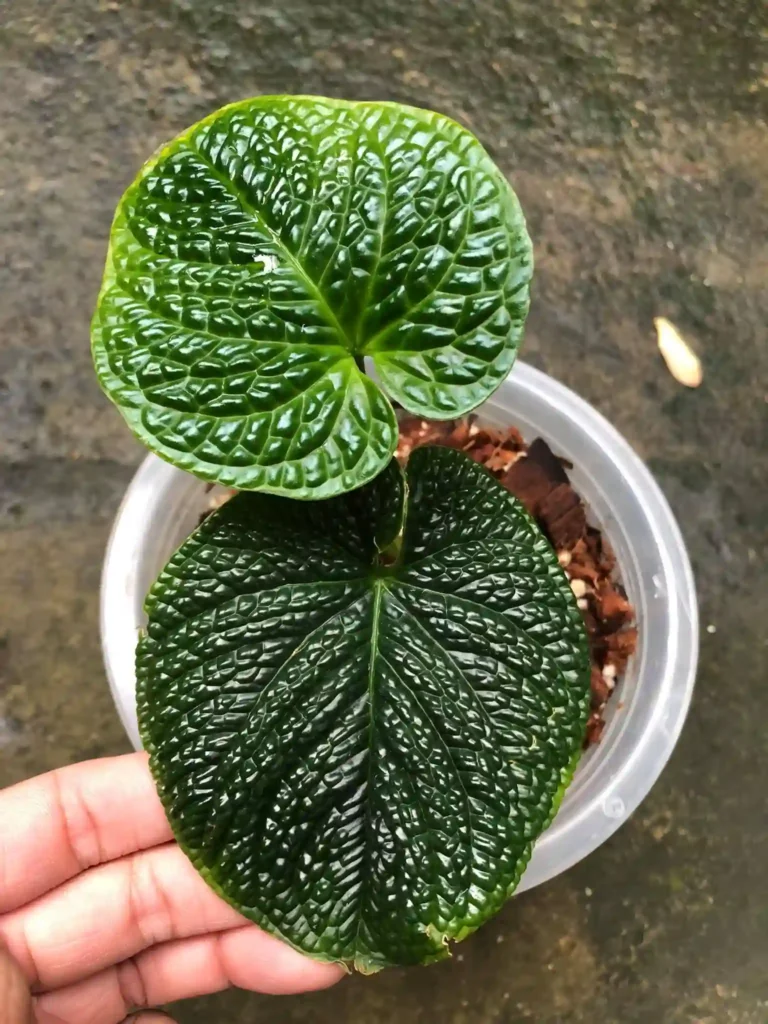Exploring the Rhabdodendraceae Family and Its Genera
The plant world is vast and diverse, and one of the more intriguing yet lesser-known families is the Rhabdodendraceae. As a plant enthusiast, I’ve always been drawn to unusual and unique families like this one. In this article, I’ll share my insights and observations on the Rhabdodendraceae family and its fascinating genera, based on personal research and experience.
What Is the Rhabdodendraceae Family?
The Rhabdodendraceae family is a small, unique group of flowering plants native to South America. This family is part of the order Caryophyllales, which includes a wide range of plants, from cacti to carnivorous species. What sets the Rhabdodendraceae apart is that it is monogeneric, meaning it contains just one genus, Rhabdodendron.
I’ve always found these single-genus families to be particularly captivating because they often represent a very specific ecological niche. The Rhabdodendraceae family fits into this mold perfectly, thriving in tropical environments and developing unique adaptations to survive and flourish in their specific habitats.
The Genus: Rhabdodendron
The genus Rhabdodendron is the sole representative of its family. The name itself comes from Greek, where “rhabdos” means rod, likely referencing the rod-like structure of the plant’s flowers or stems. These plants are mainly found in tropical rainforests of the Amazon Basin, including regions of Brazil, Guyana, and Venezuela.
One thing I find particularly fascinating about Rhabdodendron species is their morphological diversity. Though they all share certain common traits—such as alternate leaves and a dense, shrubby growth habit—there’s a lot of variety in leaf shape and size. The flowers, which are white or cream-colored, are small and unassuming, but they play an essential role in the ecosystem, providing nectar for a variety of pollinators.
Ecology and Habitat
In my exploration of tropical plants, I’ve noticed that families like Rhabdodendraceae tend to occupy very specific niches. Rhabdodendron species thrive in lowland rainforests, often growing in areas with poor, sandy soil. This adaptability to less-than-ideal soil conditions is one of their most interesting traits, as it allows them to persist in environments where other plants might struggle.
This resilience reminds me of other plant families adapted to harsh conditions, like cacti in arid deserts or succulents that can survive long periods of drought. It’s these types of adaptations that keep me engaged and constantly learning more about how plants interact with their environment.
Importance in Tropical Ecosystems
Even though Rhabdodendraceae is not a well-known family, it plays a critical role in the ecosystems where it is found. Plants in this family are part of the understorey in tropical forests, which means they don’t grow very tall, but they contribute to the overall biodiversity of the forest floor. This is important because tropical rainforests are some of the most diverse ecosystems on Earth, and every species—no matter how small—has its role to play.
From my research, it’s clear that Rhabdodendron species provide habitat and food for various insects and small animals. In a rainforest, where competition for resources is fierce, even these relatively small plants help support a wide range of life.
Conservation Concerns
Like many other tropical plants, Rhabdodendron species face threats from deforestation and habitat destruction. The Amazon rainforest, which is home to most species in the Rhabdodendraceae family, is under constant threat from logging, agriculture, and climate change. In my opinion, understanding and conserving families like this one is crucial for preserving the biodiversity of the planet.
Conservation efforts for lesser-known plants can sometimes be overshadowed by more charismatic species, but families like Rhabdodendraceae are just as important. Without them, the complex web of interactions in the rainforest ecosystem could start to unravel.
Conclusion
As a plant lover, the more I delve into families like Rhabdodendraceae, the more I appreciate the hidden diversity of our planet’s flora. This family, though small and not as well-known as others, plays an essential role in the ecosystems where it is found. Its adaptability to poor soils, importance to pollinators, and role in supporting tropical biodiversity make it an intriguing subject of study.
If you’re like me and love learning about plants that are a bit off the beaten path, I highly recommend exploring the Rhabdodendraceae family. There’s always something new to discover, and every time I dive into a new plant family, I walk away with a deeper understanding of how our planet’s ecosystems work.
By protecting and studying plants like those in the Rhabdodendron genus, we can gain valuable insights into the health of tropical rainforests and the broader environmental challenges we face.
If i die, water my plants!



